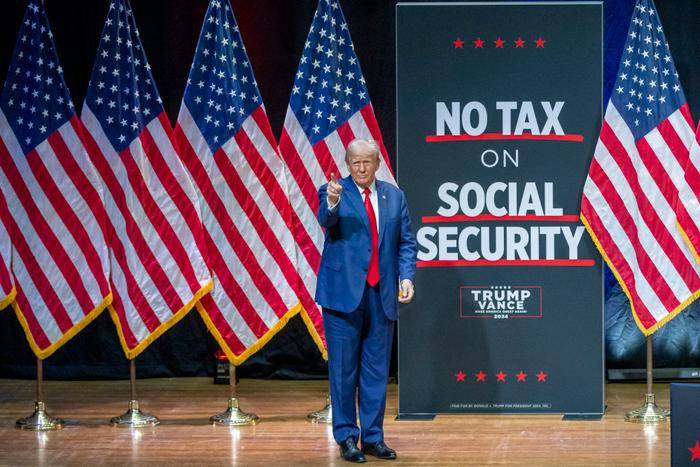The United States' Ambivalent Relationship with a Welfare State
The concept of a welfare state has long been a topic of debate in the United States, with the country's history marked by conflicting attitudes towards government-provided social services. While many industrialized nations have embraced comprehensive welfare systems, the US has struggled to define its role in providing for its citizens' well-being.
*Historical Context*
The US has traditionally relied on private charities and community organizations to address social issues. However, the Great Depression and World War II led to increased government involvement in social welfare. The New Deal programs and the GI Bill introduced comprehensive social services, laying the groundwork for modern welfare programs.
*Key Components of US Welfare System*
1. *Social Security*: Established in 1935, provides financial assistance to retirees, disabled individuals, and the unemployed.
2. *Medicaid*: Launched in 1965, offers health coverage to low-income individuals and families.
3. *Food Stamps*: Introduced in 1964, provides food assistance to needy households.
4. *Temporary Assistance for Needy Families (TANF)*: Replaced Aid to Families with Dependent Children in 1996, offering temporary financial aid to low-income families.
*Challenges and Criticisms*
1. *Inequitable Distribution*: Benefits often favor certain groups, leaving others underserved.
2. *Inefficiency*: Bureaucratic complexities hinder effective service delivery.
3. *Dependence on Government*: Concerns about creating a culture of dependency.
4. *Funding*: Debates over taxation and resource allocation.
*Comparisons to Other Nations*
The US ranks 27th among OECD countries in social spending as a percentage of GDP. Countries like Sweden, Denmark, and Canada have more comprehensive welfare systems, with higher taxes and stronger social safety nets.
*Recent Developments*
1. *Affordable Care Act (ACA)*: Expanded healthcare coverage to millions.
2. *COVID-19 Relief Packages*: Provided temporary economic assistance.
3. *Progressive Proposals*: Calls for universal healthcare, free college tuition, and increased social spending.
*Public Opinion*
A Gallup poll showed:
- 57% of Americans believe the government should ensure everyone has access to basic necessities.
- 43% think the government is doing too much to help the poor.
*Future Directions*
The US's ambivalent relationship with a welfare state reflects fundamental debates about government intervention, individual responsibility, and social justice. As the country navigates ongoing economic and social challenges, policymakers must balance competing values and priorities to create a more effective and equitable welfare system.
*Sources:*
- US Census Bureau
- Congressional Budget Office
- Organization for Economic Cooperation and Development (OECD)
- Gallup
*Related Stories:*
- The Evolution of US Social Policy
- The Role of Non-Profits in US Welfare
- International Perspectives on Welfare Systems


